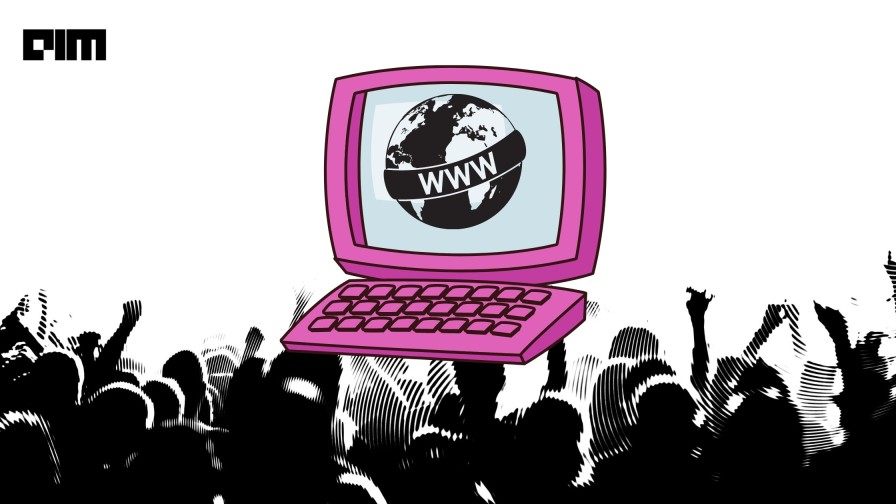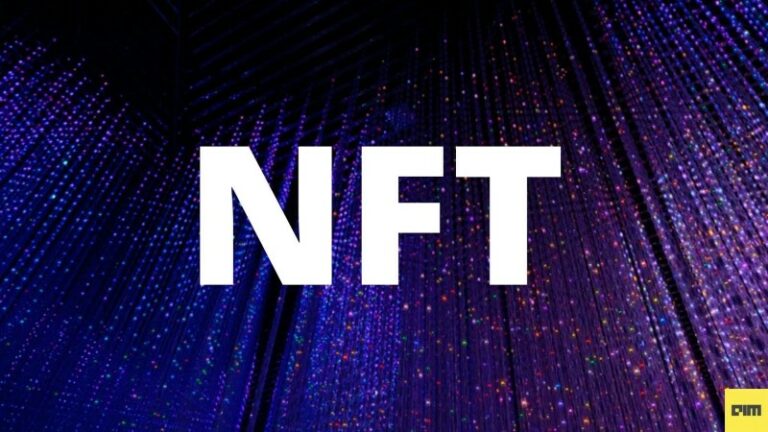In 2018, the World Wide Web inventor Tim Berners-Lee and a group of 800 web builders met in San Francisco to discuss how to circumvent the internet gatekeepers like Google and Facebook at the Decentralised Web Summit, hosted by Internet Archive. The demand was a decentralised web, which isn’t a new concept but has gained much popularity after John Snowden’s revelations, the Cambridge Analytica fiasco, and others.
After almost three decades, the evolution of the internet is standing at the threshold of its 3.0 version. Berners-Lee had earlier predicted a Semantic Web, a version that would be autonomous, intelligent, and open. Instead, web 3.0 seems to check all the boxes.
By definition, Web 3.0 is an internet version that aims at creating intelligent networks that leverage AI and distributed computing. It is generally based on open APIs, open software, and blockchain. The defining feature of Web 3.0 is the decentralisation of platforms where developers can work without being bound by a particular company’s policies and plans. In this setup, programs should be able to understand a piece of information both conceptually and contextually.
Web 3.0
As mentioned before, Berners-Lee coined the term Semantic Web five years ago to describe a web in which machines would be capable enough to handle and process content in a humanlike way, i.e., possessing contextual and conceptual knowledge. However, Semantic Web never really came to fruition, despite companies like IBM pumping great amounts of money and resources into it. This was mainly because connecting concepts and building taxonomies for each word is a highly complex task.
Currently, the world has moved past Semantic Web to Web 3.0. Its rise and popularity can be attributed to the growing prominence of blockchain technologies like distributed ledgers and storage. It is different from Web 2.0, which was based around centralisation, surveillance and advertisement. It is anticipated that with Web 3.0, individuals will truly be masters of their own data and displace giant tech companies.
Just like earlier capabilities gave rise to Web 1.0 and Web 2.0, today’s leading technologies will fuel the evolution into Web 3.0 as they advance across the three basic tiers of IT architecture:
- Interaction: The software, hardware, and content that we interact with.
- Computation: The logic for enabling this interaction.
- Information: The data and structure for computational functions to be completed accurately, efficiently, and securely.
Credit: Deloitte
The idea of Web 3.0 aligns well with the growing support for data sovereignty. Current data practices underpin big tech’s business practices. Practices like data extraction combined with network effects – further consolidated these companies’ position as industry monopolies. For example, the ownership landscape in tech is currently occupied by companies like Google, Facebook, Apple, and Microsoft, which have access to vast user data.
Web 3.0 has the potential to bring a fairer internet by enabling individuals to be sovereign — this means the opportunity to own and control who gets to profit from their time and information. Further, Web 3.0’s decentralised blockchain protocol enables individuals to connect to an internet that does not thrive on centralised repositories.
What differentiates Web 3.0 firstly pertains to peer-to-peer connectivity where the computer requests services and provides them. Secondly, the way to store and retrieve information is different; Web 3.0 protocols will use links to identify information based on its content rather than where it is stored. Such an approach makes it possible for websites and files to be stored and passed from computer to computer without relying on a single server as the conduit for information exchange.
What are the challenges?
While decentralising the internet sounds great in data ownership, this also entails significant legal and regulatory risks. The lack of central control and access to data could mean that many cybercrimes, online harassment, hate speech, etc., go unchecked. A centralised web helps the government make large businesses adhere to rules and laws; with a decentralised web, it would not be clear which country’s laws apply to a particular website, given that its content is hosted worldwide.













































































